This July has been quite a month for scuba diving beyond 100m to explore significant wrecks. The latest such technical dive has taken place off Shetland, with the positive identification of a deep-lying U-boat sunk by Royal Navy warships during World War One.
Rebreather divers from the Orkney-based diving liveaboard mv Valhalla became the first to visit the German mine-layer SM UC-55 on 21 July – at a maximum depth of 104m.
The 415-tonne UC-11-class submarine was commissioned into the German Imperial Navy in November 1916. Fifty metres long, it carried 27 crew and was fitted with six 39in mine-tubes with 18 mines; one stern and two bow 20in torpedo-tubes with seven torpedoes; and a 3.5in deck-gun.
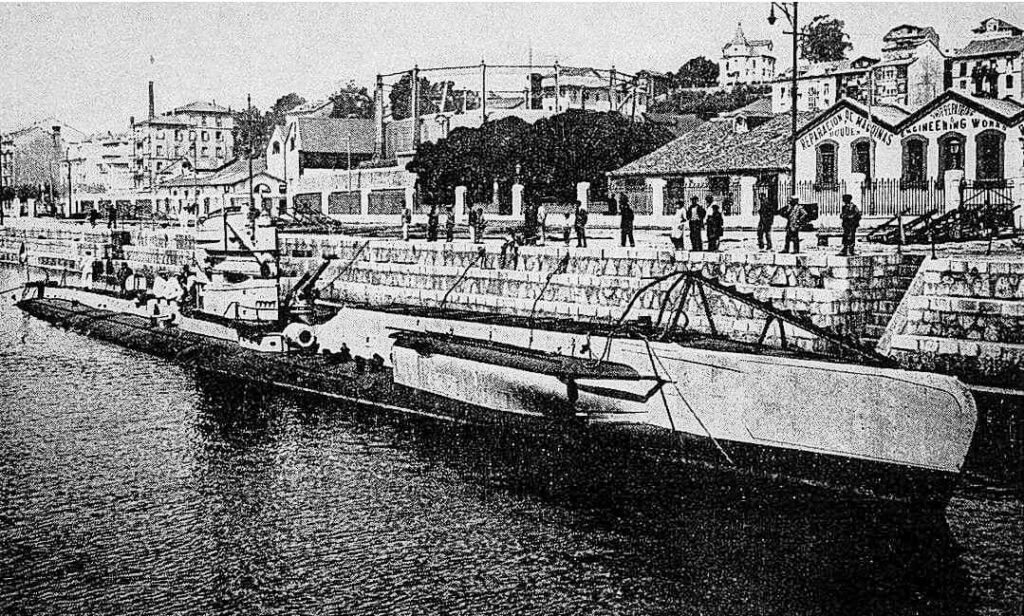
Over six patrols, UC-55 had already been credited with sinking nine merchant ships and damaging two more, as well as the destroyer HMS Albacore, in the months before it met its end off Shetland on 29 September, 1917.
The submarine had been about to start laying mines about eight miles south-east of Lerwick, in the convoy channel between Orkney and Shetland, when a trim problem led it to dive beyond its 50m operating depth.
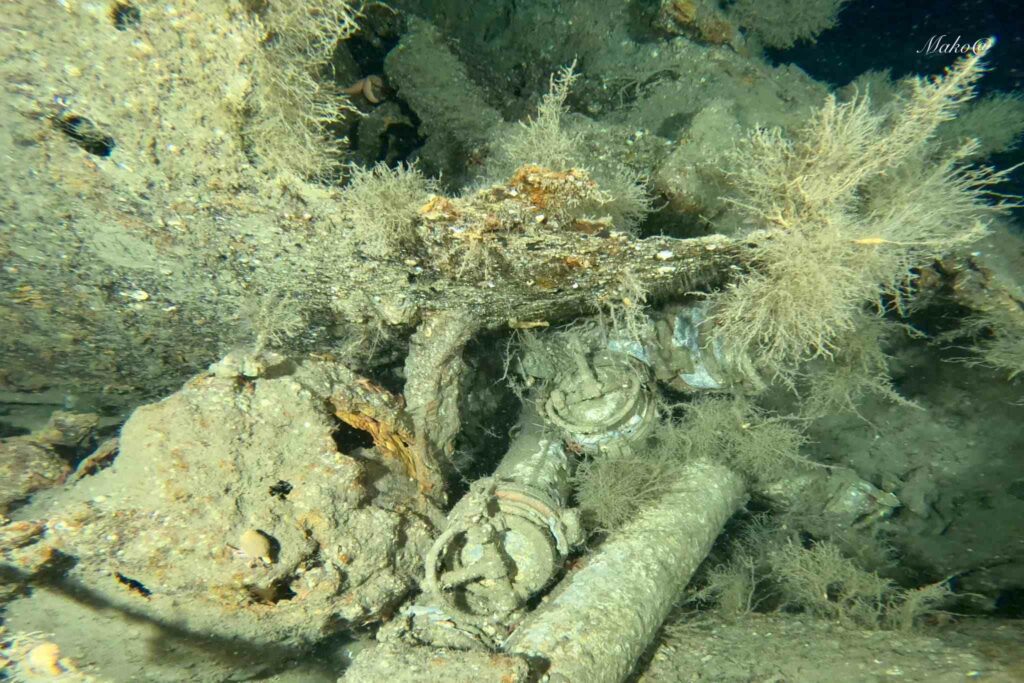
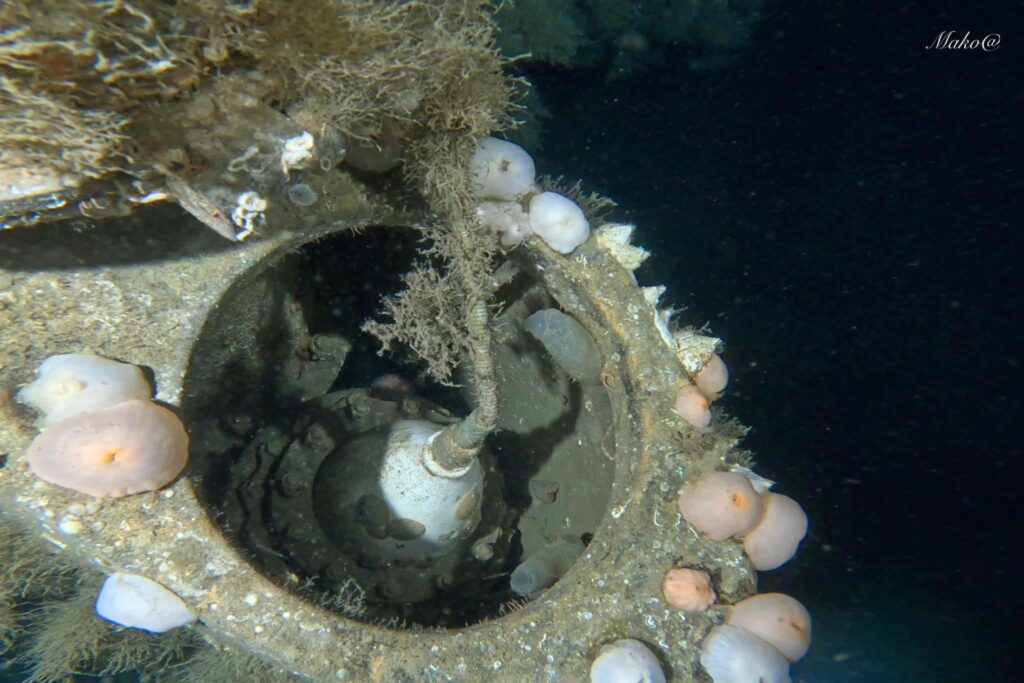
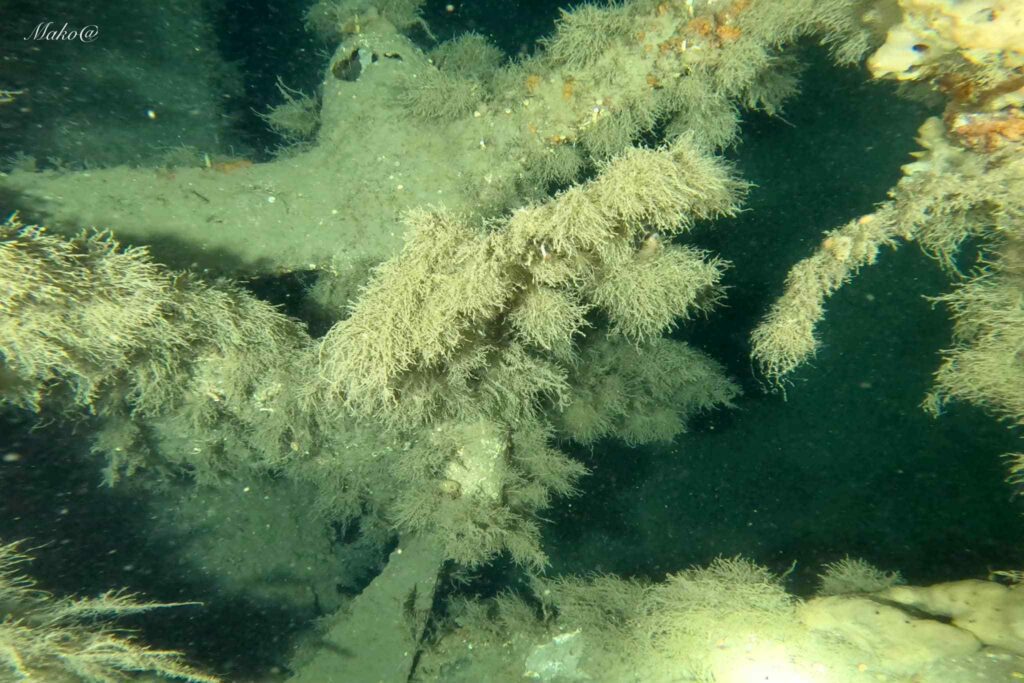
The forward compartment flooded as a result, forcing the U-boat to surface but leaving it unable to manoeuvre because the batteries had failed. Two Royal Navy destroyers, HMS Tirade and HMS Sylvia, and the armed trawler Moravia shelled and finally depth-charged the German sub.
It sank with the loss of 10 lives, including its commander Oberleutnant zur See Horst Ruhle von Lilienstern, and 17 men were taken prisoner.
Decade in the planning
The wreck-site had been picked up on a side-scan sonar survey in 1985, lying upright to 5.6m off the seabed, but because of its depth it would have proved challenging to dive at the time.
Valhalla’s owner and captain Hazel Weaver says that the technical dive-team had spent a decade planning their dive to check out the wreck. The divers were Jacob Mackenzie, Toni Norton, John & Tracy Timperley, Craig Stevenson, Thomas Zloch and Martin Mako Janećek, all diving on closed-circuit rebreathers except for Tracy Timperley, who was back-up diver and on open-circuit.
Their efforts on the day were backed up by the Valhalla crew of Helen Hadley and Brandon Rowlands, with the support of wreck-researchers Kevin Heath and Wayne Allen.
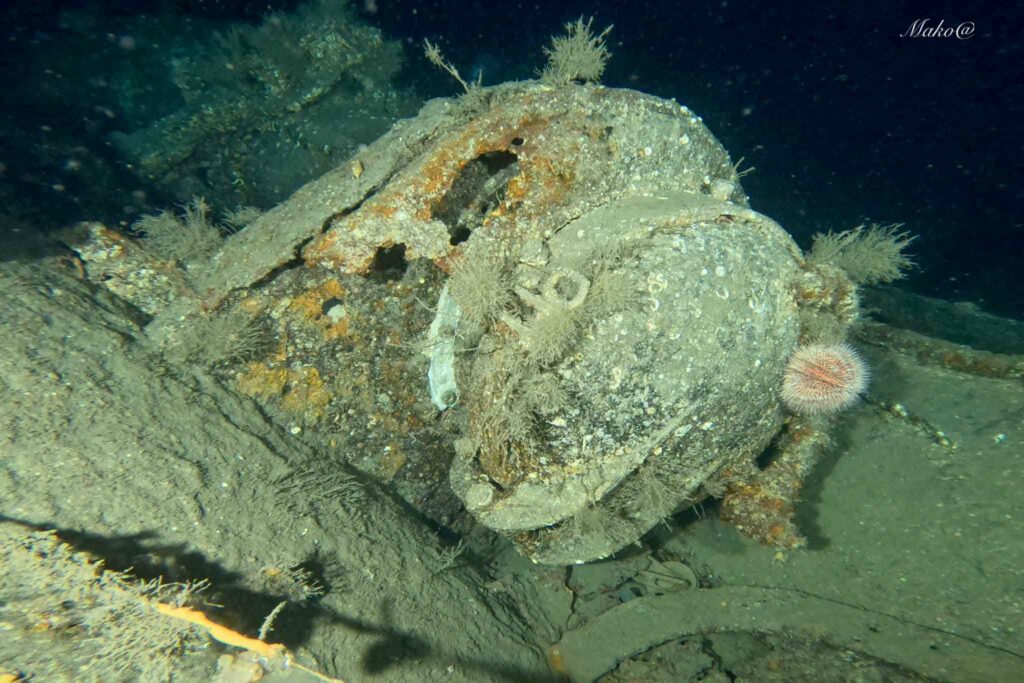
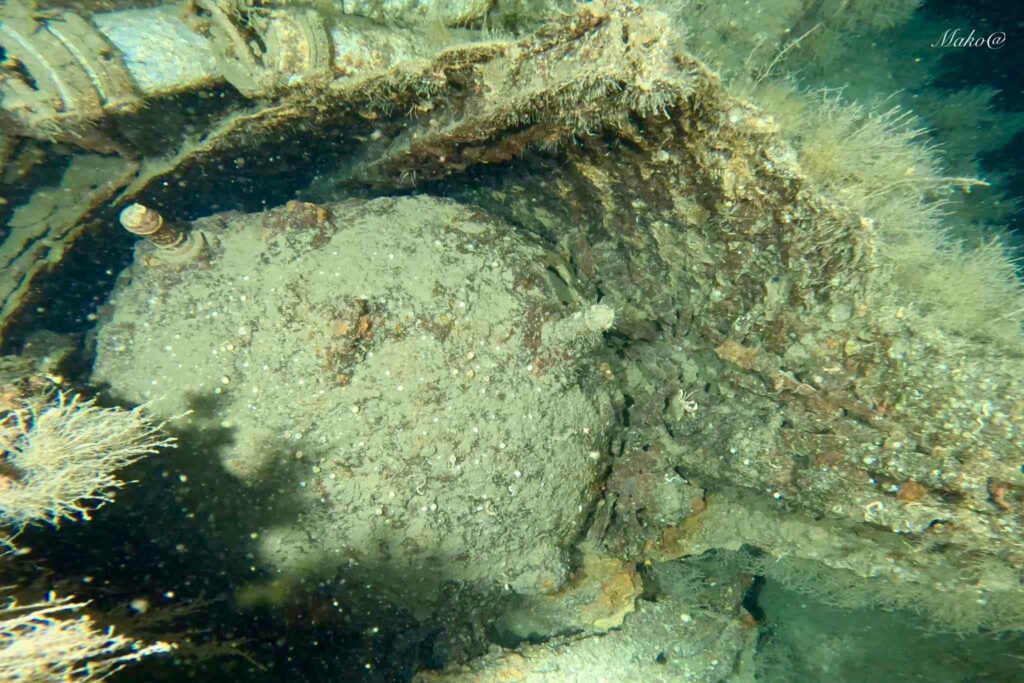
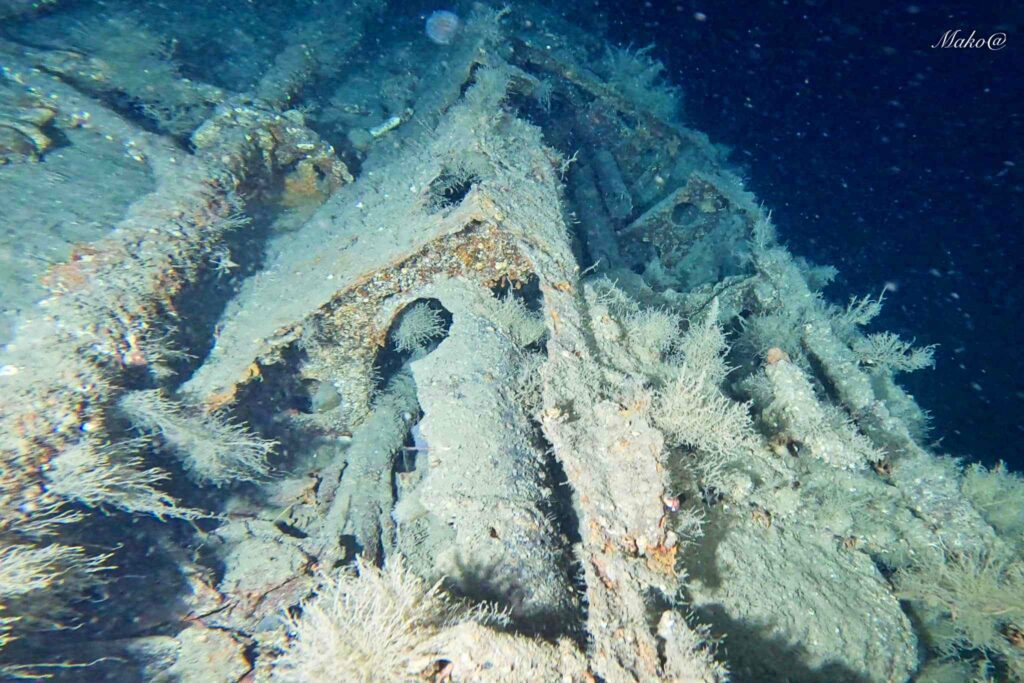
The team enjoyed a bottom-time of around 35 minutes on the wreck and succeeded in putting its identity beyond doubt. Details of the damage inflicted on UC-55 had been recorded by the crews of the British warships, which had struck first the conning-tower and then the hull.
“The dive went very well, with no problems arising,” Weaver told Divernet. “Vis was 25m at depth.” The divers spotted many live torpedoes and mines, and the video footage captured by Mackenzie shows many details of the well-colonised submarine, including the deck-gun and hatch openings.
He said of his footage: “Not my best video, but this was a hard one – long swim down the line in current and a very limited bottom-time.” This is captured in the first six minutes of darkness before the lights pick up fishing-nets, and the subsequent footage of the submarine as the divers move rapidly around the wreck-site is compelling.
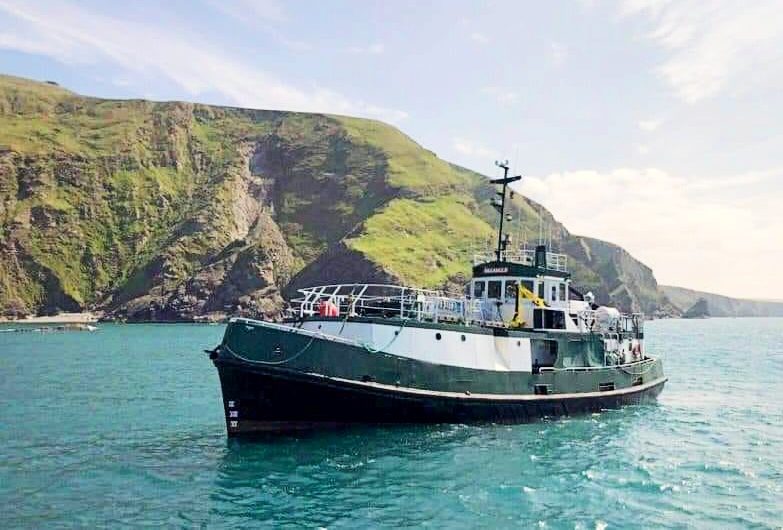
The divers decompressed on a trapeze at 6m, and the overall dive lasted 3.5 hours.
The 24m Valhalla, a former naval vessel, has six twin-bunk cabins, onboard gas system and a diver-lift. Although it is based in Stromness in Orkney, it aims to visit Shetland waters every summer.
Also on Divernet: Divers find amphibious shipwreck 100m deep off Cornwall, How 100m+ divers identified lost aircraft-carrier, Discovery of U-111, the last lost WW1 German submarine wreck, Lethal WW1 U-boat surveyed off Yorkshire, Guz tech divers set up winter date
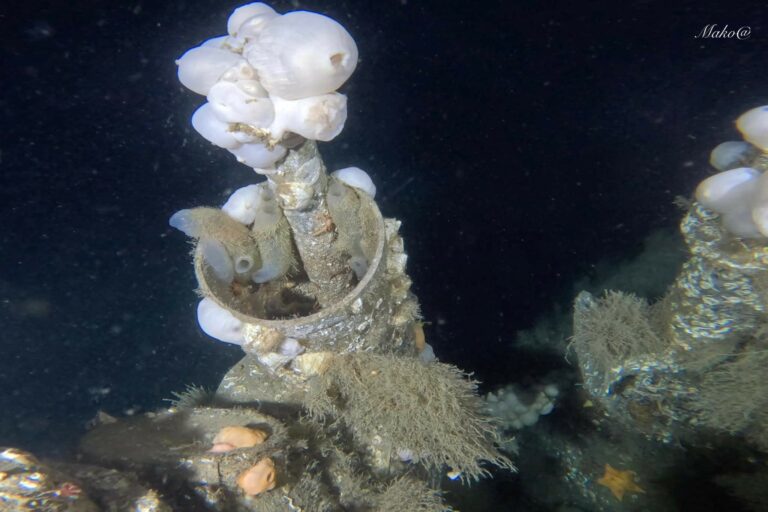

Nicely wrote, Not 2 comlpex, but maybe a bit more info on the other ships sunk by the U-boat would of been nyc. We shoild never forget the path or the ordinary sailor who had now glory in war. Thank you for the artcle.